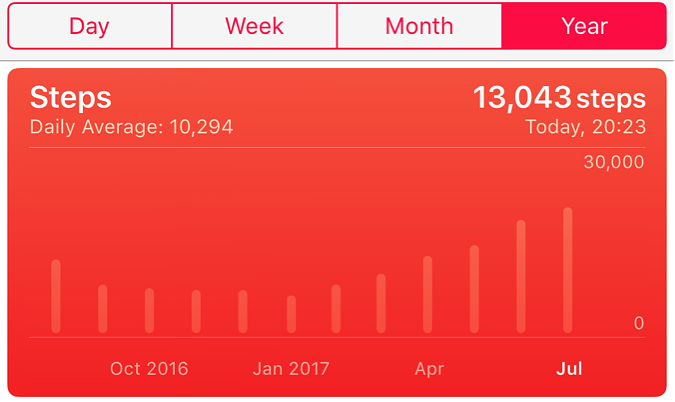- Wake up and get ready for work
- Sit in the car and drive to the station
- Sit on a train to work
- Sit at their desk for 8 to 12 hours at work
- Sit on a train on the way back from work
- Eat dinner and sit in front of the TV
- Sleep
What does this have to do with fat loss?
Why you don't have a 'slow metabolism'
So how do I increase my NEAT?
- Take the stairs instead of the elevator or lift
- Take phone calls while walking
- Walk to the bus stop or train station
- Get off a few stops earlier on your commute
- During your breaks at work, go for a walk
- If your office has a standing desk, stand instead of sitting down
- Have ‘walking meetings’
How many steps per day should I do?

For most people, around 12-15K tends to work great.
Other benefits of increasing steps
1. More Energy, Better Digestion and Less Tightness
2. Maintains Calorie Deficit Late In Transformations
3. Female Fat Loss
4. Creates Goals

5. Maintains Your Results
If you finish your diet at 20K steps a day, and then drop back to 5K the following week, don’t be surprised if you start gaining body fat quickly.
In my own example, 4 weeks after my bodybuilding show, here’s what I’ve done, after topping out at 20K a day.


.png)
.jpg)